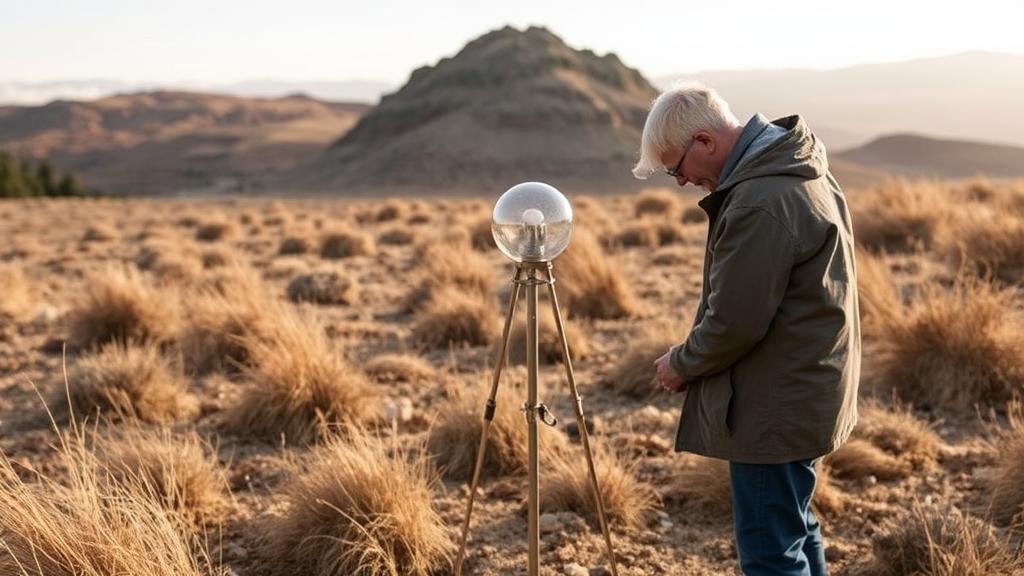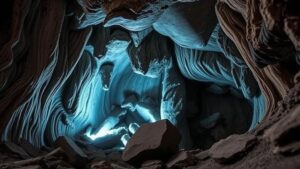Exploring the Science Behind Dowsing: Fact or Folklore?
Exploring the Science Behind Dowsing: Fact or Folklore?
Dowsing, also known as water witching, is an ancient practice that involves using a forked stick or a set of rods to locate underground water, minerals, or other objects. While many swear by the effectiveness of dowsing, the scientific community remains skeptical. This article delves into the scientific principles that underpin dowsing, examines its historical context, and evaluates the evidence supporting or contradicting its legitimacy.
The Historical Context of Dowsing
The practice of dowsing has ancient roots, with references found in texts dating back to medieval Europe. Traditionally, dowsing was used to locate water sources in areas where conventional means failed. It was seen as a mystical art, with practitioners, known as dowsers, often attributed their abilities to supernatural forces.
In the 16th century, dowsing gained popularity, particularly in Germany, where it was used in mining operations. Practices spread across Europe and into the Americas, with varying techniques and tools but a common goal of locating water or minerals.
The Techniques Used in Dowsing
Dowsers typically use one of two primary tools: a forked stick (often made from Y-shaped branches) or L-shaped metal rods. dowser walks over the ground while holding the tool, which, according to practitioners, moves or reacts when they are above a source of water or minerals.
- Forked Stick Method: Involves holding a Y-shaped branch that allegedly dips or twitches over certain spots.
- Rod Method: Uses a pair of L-shaped metal rods that cross or point downward when above a target.
The Scientific Examination of Dowsing
Despite its long history, dowsing has faced significant scrutiny from the scientific community. Numerous studies have attempted to validate or disprove its claims, often with little success. For example, a controlled experiment conducted by the American Society of Testing and Materials (ASTM) in 1983 involved dowsers attempting to locate buried pipes. results demonstrated that dowsers did not perform better than random chance.
Another pivotal study featured in the journal “Nature†in the 1990s involved a double-blind test where dowsers failed to consistently identify the location of pipes buried underground, further challenging the credibility of the practice.
Possible Explanations for Dowsings Success
The lack of scientific evidence does not entirely dismiss the experiences of dowsers. Some psychologists suggest that the perceived success in dowsing may stem from the ideomotor effect, where subconscious movements of the body can influence the rods or stick without the dowsers conscious awareness.
Also, anecdotal evidence often showcases instances where dowsers have successfully identified water sources. Such outcomes, however, can often be attributed to knowledge of local geography, awareness of visible clues (like plant health), or sheer luck rather than any supernatural or unexplainable force.
Case Studies of Dowsing
In a notable case reported in the 1990s, a dowser was utilized by a local government in California to locate water supplies for drought relief efforts. While the dowser indicated potential sites, subsequent drilling often revealed variability in results, with many sites yielding no water at all. This case underlines the mixed outcomes often found in the field, emphasizing the role of environmental variables.
The Current Perspective on Dowsing
Today, the scientific consensus remains that dowsing lacks empirical support and operates more within the realm of folklore rather than established science. Many professionals, such as geologists and hydrologists, rely on technology, like ground-penetrating radar and geophysical methods, which provide more reliable data for locating underground resources.
- Ground-penetrating radar (GPR), used by geologists, provides clear images of underground structures.
- Remote sensing technology helps in identifying water bodies from satellite imagery, vastly outperforming dowsing methods.
Conclusion: The Future of Dowsing
While dowsing remains a popular practice, especially in rural communities, it lacks scientific endorsement. For individuals who believe in its effectiveness, dowsing provides a connection to tradition and history. But, for those in search of reliable locations for resources, modern scientific methods offer a more accurate and trustworthy alternative. As we continue to uncover the mysteries of our natural world, it is essential to balance respect for folklore with a commitment to scientific rigor.
In summary, while dowsing is an intriguing practice with a rich history, the absence of robust supporting evidence signifies that it is more folklore than fact. Those interested in sustainable practices and precise water location would benefit greatly by turning to well-established scientific techniques.



